Monstrous-mind - The Monster Mind

More Posts from Monstrous-mind and Others
🌌🏞️🏔️🍂🍁


mikkolagerstedt
🍁🍂🌄🐈










Halloween hike/drive
October 31st, 2018
Front Royal, VA

12 hours of exposure on the Whirlpool Galaxy revealing the faint dust hiding through out space
via reddit
🍁🍂🎃🌄

Wistfully Country on Pinterest.
🔭🌃🌌

Alnitak Region with the Horse Head and Flame Nebulae
by Warren Keller
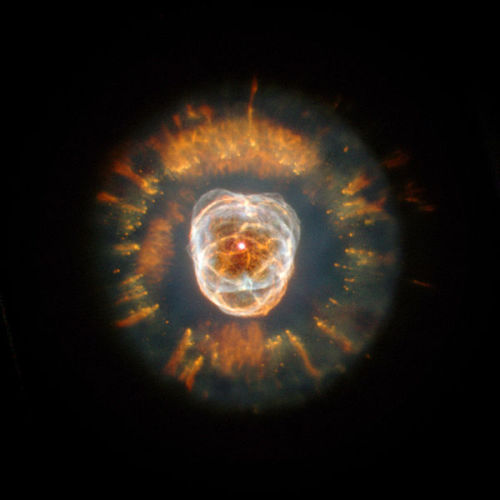
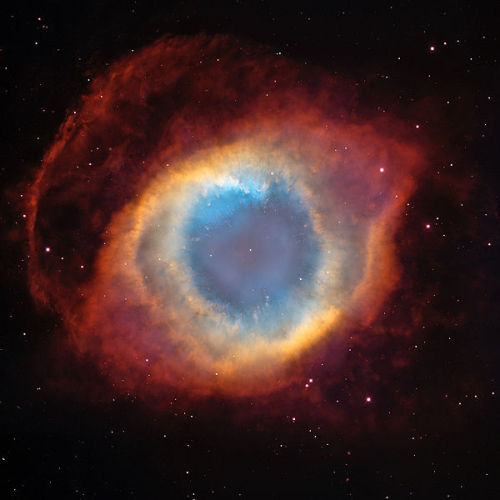
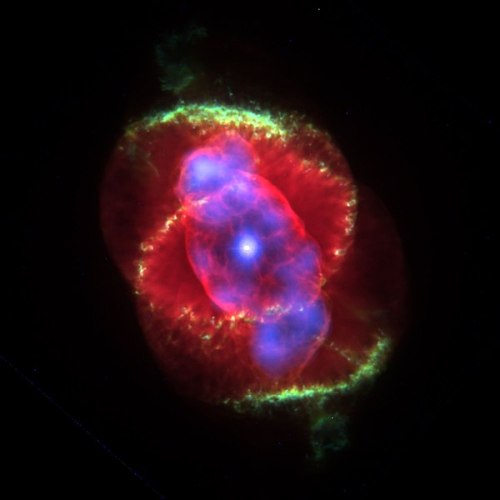




Planetary nebula
A planetary nebula, abbreviated as PN or plural PNe, is a kind of emission nebula consisting of an expanding, glowing shell of ionized gas ejected from red giant stars late in their lives. The word “nebula” is Latin for mist or cloud, and the term “planetary nebula” is a misnomer that originated in the 1780s with astronomer William Herschel because, when viewed through his telescope, these objects resemble the rounded shapes of planets. Herschel’s name for these objects was popularly adopted and has not been changed. They are a relatively short-lived phenomenon, lasting a few tens of thousands of years, compared to a typical stellar lifetime of several billion years.
Most planetary nebulae form at the end of the star’s life, during the red giant phase, when the outer layers of the star are expelled by strong stellar winds. After most of the red giant’s atmosphere is dissipated, the ultraviolet radiation of the hot luminous core, called a planetary nebula nucleus (PNN), ionizes the ejected material. Absorbed ultraviolet light energises the shell of nebulous gas around the central star, causing it to appear as a brightly coloured planetary nebula.
Planetary nebulae likely play a crucial role in the chemical evolution of the Milky Way by expelling elements to the interstellar medium from stars where those elements were created. Planetary nebulae are observed in more distant galaxies, yielding useful information about their chemical abundances.
Stars greater than 8 solar masses (M⊙) will likely end their lives in dramatic supernovae explosions, while planetary nebulae seemingly only occur at the end of the lives of intermediate and low mass stars between 0.8 M⊙ to 8.0 M⊙.
source
images: NASA/ESA, Hubble
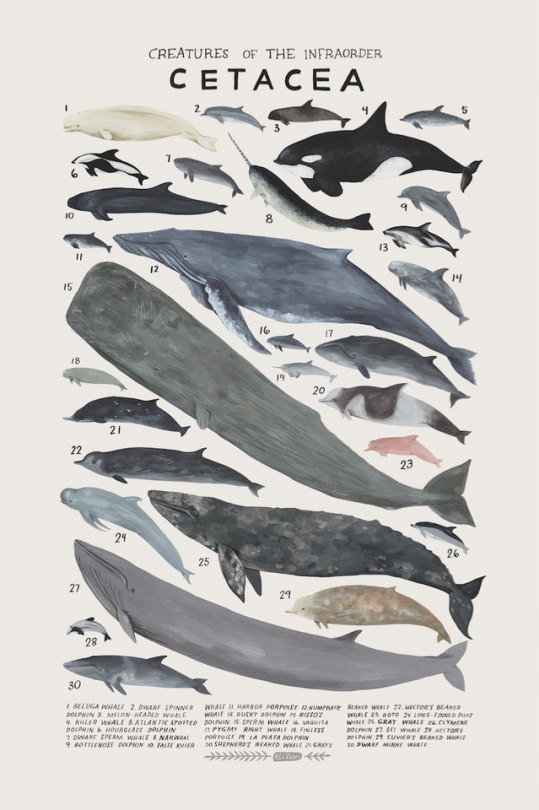

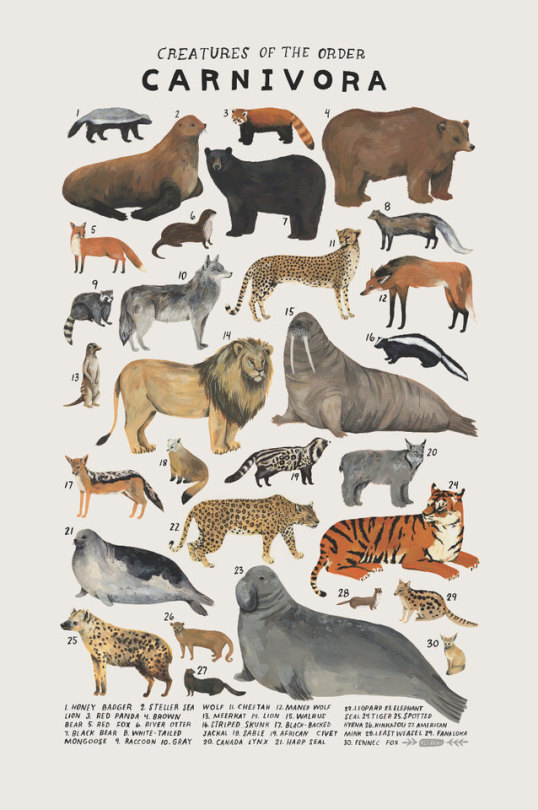

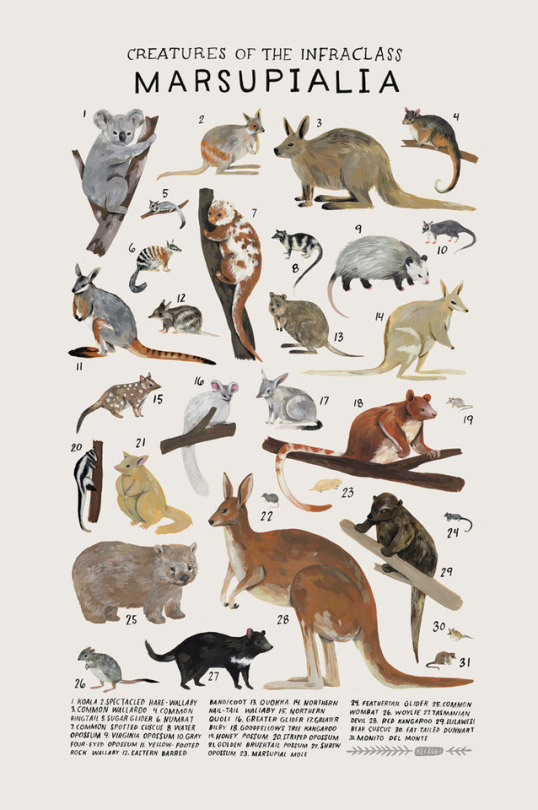





Science Posters by Kelsey Oseid on Etsy
🍁🍂🎃🍂🍁🍃🐈📚📖☕


NASA’s TESS Mission Hopes to Find Exoplanets Beyond Our Solar System : The worlds orbiting other stars are called “exoplanets,” and they come in a wide variety of sizes, from gas giants larger than Jupiter to small, rocky planets about as big around as Earth or Mars. This rocky super-Earth is an illustration of the type of planets future telescopes, like NASA’s TESS, hope to find outside our solar system. (via NASA)

-
 frenchpoohbear reblogged this · 7 months ago
frenchpoohbear reblogged this · 7 months ago -
 nwtechguy liked this · 1 year ago
nwtechguy liked this · 1 year ago -
 holytriumpharcade liked this · 1 year ago
holytriumpharcade liked this · 1 year ago -
 riptidescall liked this · 1 year ago
riptidescall liked this · 1 year ago -
 eclectichellmouth reblogged this · 1 year ago
eclectichellmouth reblogged this · 1 year ago -
 i-ate-the-moon liked this · 1 year ago
i-ate-the-moon liked this · 1 year ago -
 soft-homestyle reblogged this · 1 year ago
soft-homestyle reblogged this · 1 year ago -
 louis9979 reblogged this · 1 year ago
louis9979 reblogged this · 1 year ago -
 louis9979 liked this · 1 year ago
louis9979 liked this · 1 year ago -
 naturallyaching reblogged this · 1 year ago
naturallyaching reblogged this · 1 year ago -
 naturallyaching liked this · 1 year ago
naturallyaching liked this · 1 year ago -
 wherethepaintingswander liked this · 1 year ago
wherethepaintingswander liked this · 1 year ago -
 busydoinganything liked this · 1 year ago
busydoinganything liked this · 1 year ago -
 solivefree reblogged this · 1 year ago
solivefree reblogged this · 1 year ago -
 rainbow-foxes reblogged this · 1 year ago
rainbow-foxes reblogged this · 1 year ago -
 rainbow-foxes liked this · 1 year ago
rainbow-foxes liked this · 1 year ago -
 xpfract liked this · 1 year ago
xpfract liked this · 1 year ago -
 drachens liked this · 1 year ago
drachens liked this · 1 year ago -
 cozycottagelife reblogged this · 1 year ago
cozycottagelife reblogged this · 1 year ago -
 hobbity-things reblogged this · 1 year ago
hobbity-things reblogged this · 1 year ago -
 ryformonsnerfi liked this · 1 year ago
ryformonsnerfi liked this · 1 year ago -
 babe-allan-coe liked this · 1 year ago
babe-allan-coe liked this · 1 year ago -
 that-texas-belle reblogged this · 1 year ago
that-texas-belle reblogged this · 1 year ago -
 resistancekitty liked this · 1 year ago
resistancekitty liked this · 1 year ago -
 outlawpetegsc liked this · 1 year ago
outlawpetegsc liked this · 1 year ago -
 grinderhand reblogged this · 1 year ago
grinderhand reblogged this · 1 year ago -
 a-queer-of-color liked this · 1 year ago
a-queer-of-color liked this · 1 year ago -
 rainynightcrusade liked this · 1 year ago
rainynightcrusade liked this · 1 year ago -
 southcarolinawoman reblogged this · 1 year ago
southcarolinawoman reblogged this · 1 year ago -
 aredheadpk13 reblogged this · 1 year ago
aredheadpk13 reblogged this · 1 year ago -
 sweetenmyday reblogged this · 1 year ago
sweetenmyday reblogged this · 1 year ago -
 sunfl8wer liked this · 1 year ago
sunfl8wer liked this · 1 year ago -
 jackfrost319 liked this · 1 year ago
jackfrost319 liked this · 1 year ago -
 onadarkcoldnight reblogged this · 1 year ago
onadarkcoldnight reblogged this · 1 year ago -
 notjustspookyathalloween reblogged this · 1 year ago
notjustspookyathalloween reblogged this · 1 year ago -
 cozyautumnsworld reblogged this · 1 year ago
cozyautumnsworld reblogged this · 1 year ago -
 notjustspookyathalloween liked this · 1 year ago
notjustspookyathalloween liked this · 1 year ago -
 praline1968 liked this · 1 year ago
praline1968 liked this · 1 year ago -
 normalisboring-42 liked this · 1 year ago
normalisboring-42 liked this · 1 year ago -
 sp00ky-hollow liked this · 1 year ago
sp00ky-hollow liked this · 1 year ago -
 sp00ky-hollow reblogged this · 1 year ago
sp00ky-hollow reblogged this · 1 year ago -
 seasonss-changing reblogged this · 1 year ago
seasonss-changing reblogged this · 1 year ago
My ambition is handicapped by laziness. -C. Bukowski Me gustan las personas desesperadas con mentes rotas y destinos rotos. Están llenos de sorpresas y explosiones. -C. Bukowski. I love cats. Born in the early 80's, raised in the 90's. I like Nature, Autumn, books, landscapes, cold days, cloudy Windy days, space, Science, Paleontology, Biology, Astronomy, History, Social Sciences, Drawing, spending the night watching at the stars, Rick & Morty. I'm a lazy ass.
222 posts